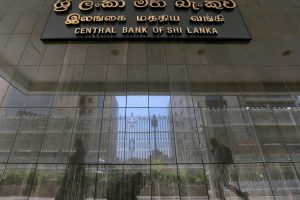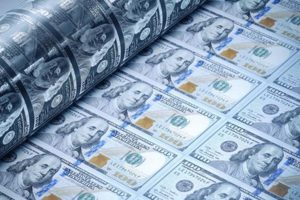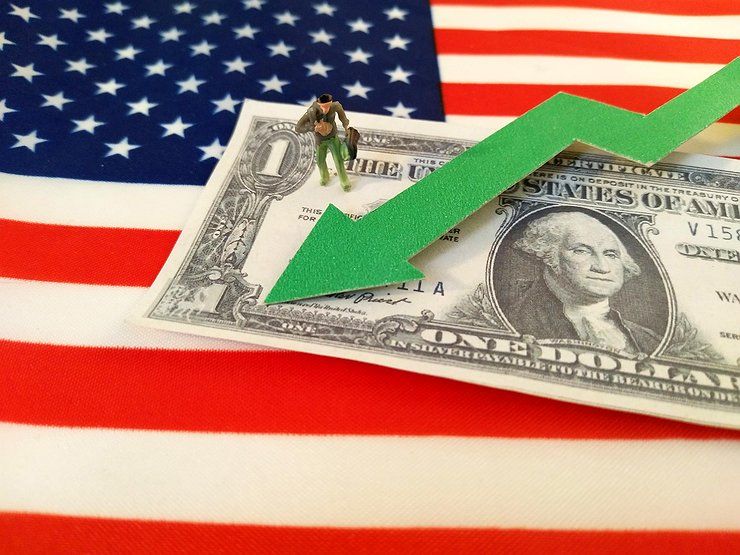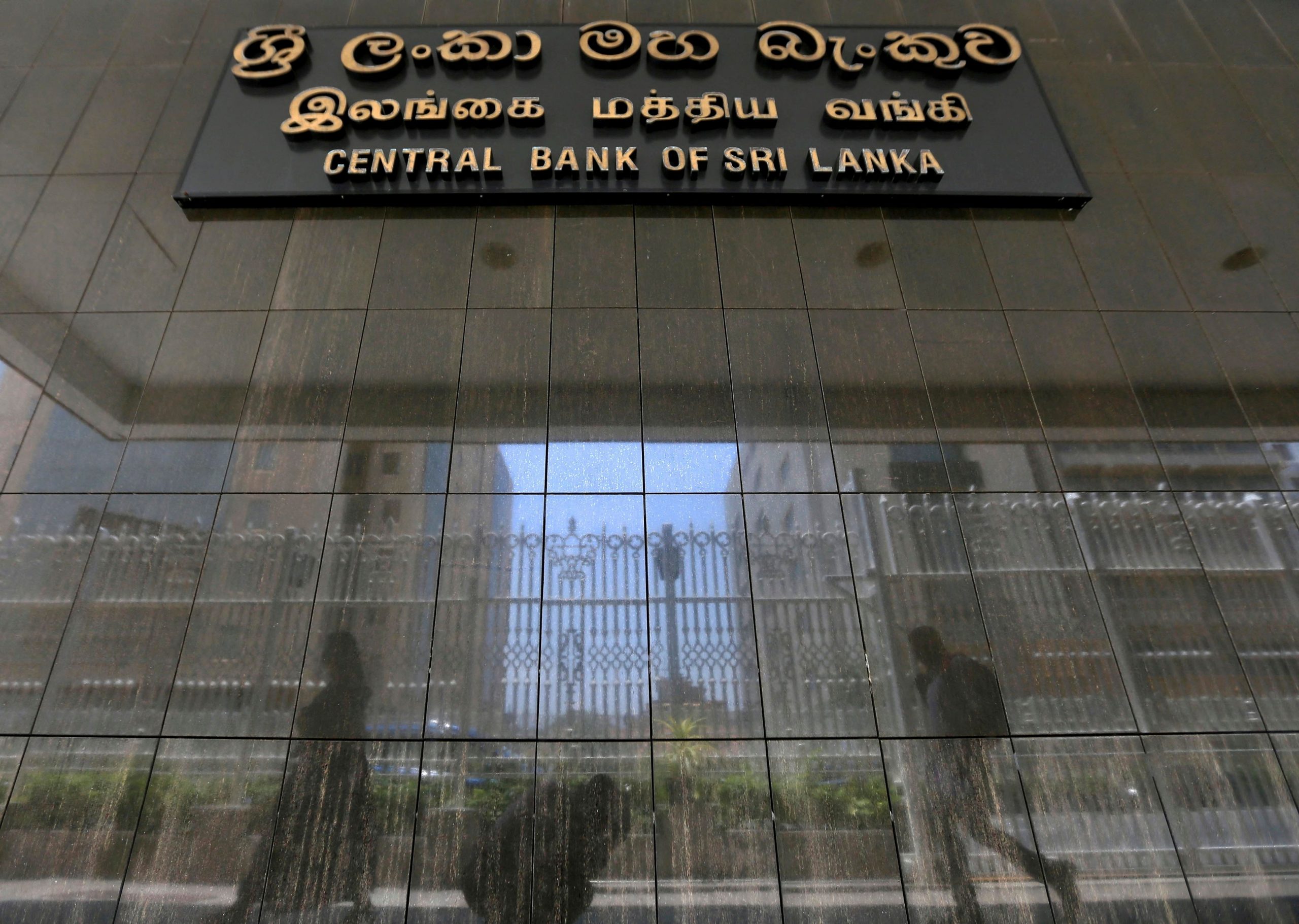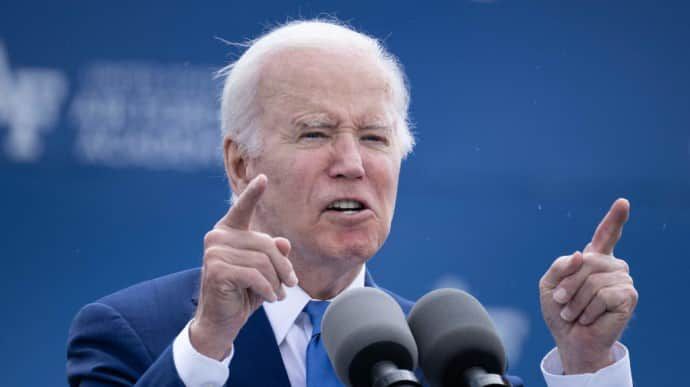The growing concerns surrounding a potential U.S. debt default crisis are beginning to unsettle Americans, leading to a decline in consumer sentiment. Recent data from the University of Michigan highlights that the “debt crisis standoff” is one of the contributing factors to the dip in consumer confidence, marking the first decline this year. This negative impact on consumer sentiment is worrisome, particularly at a time when consumers already express pessimism about the economy. There is a genuine fear that the repercussions of a debt default could further exacerbate this negativity.
Consumer resilience has been notable during the ongoing period of inflation, largely due to a strong labor market. However, the anticipation of a recession is causing consumers to exercise caution, especially when signs of economic weakness emerge. Joanne Hsu, the director of Surveys of Consumers, warns that the failure to resolve the debt ceiling crisis could significantly worsen the already grim economic outlook, amplifying the detrimental economic consequences of a default.
While Wells Fargo’s team of economists believes that the entire decline in consumer sentiment cannot be attributed to the debt ceiling crisis, they suggest that this may change if the deadlock persists. The longer it takes to reach a resolution, the more impact it is expected to have on consumer mindsets. This pattern was observed during the debt ceiling impasse in 2011 when consumer sentiment experienced a significant drop as the potential default date, commonly known as the ‘X date’, drew closer.
The recent emergence of the debt ceiling as a concern among consumers coincides with the approaching ‘X date.’ U.S. Treasury Secretary Janet Yellen has flagged June 1 as the first potential day when the U.S. may fail to meet its obligations. Unfortunately, a recent meeting between President Biden and Speaker of the House Kevin McCarthy did not yield any meaningful updates on the situation, and a follow-up meeting has been postponed until next week.
Yellen has repeatedly cautioned that a default on U.S. obligations would lead to an “economic and financial catastrophe,” potentially resulting in millions of Americans losing their jobs, reduced household incomes, and deterioration of credit markets for American businesses. Additionally, millions of American families reliant on government payments could find themselves without the resources they were promised.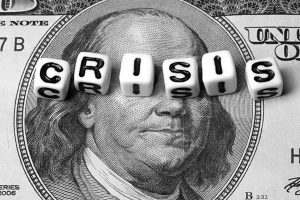
Yellen further warns that the “threat of default” alone could impose significant economic costs. Historical data supports this claim, as demonstrated by the more than 17% decline in the S&P 500 during the 2011 debt ceiling crisis.
Jamie Dimon, CEO of JPMorgan Chase, shares a similar sentiment, emphasizing that the closer the U.S. gets to default, the higher the likelihood of panic ensues, affecting various financial contracts, collateral, clearing houses, and clients worldwide. In response to mounting concerns, JPMorgan has established a “war room” dedicated to discussing the debt ceiling issue.
With the approaching debt ceiling crisis and ongoing uncertainties in regional banking, along with persistent inflation and warnings of a potential consumer slowdown, the markets are fraught with unease. As we approach June 1, the debt ceiling issue looms large and has the potential to significantly impact consumer sentiment and stock markets. Analysts at Bank of America predict that a resolution to the debt limit problem will likely be reached at the last minute, potentially leading to higher interest rates and increased market volatility in late May or early June.
The latest data from the University of Michigan’s Consumer Sentiment index for May paints a concerning picture. It reveals that consumer sentiment has fallen to 57.5, below the anticipated level of 63, according to Bloomberg consensus data.
Consumers are increasingly worried about inflation as well. The data for May indicates a slight decline in short-term inflation expectations, with consumers starting to anticipate a slowdown in price increases. However, long-term inflation expectations have risen by 0.2 percentage points compared to the previous month, reaching 3.2%. This marks the highest level since 2011.
By rephrasing the segment, the information is presented in a unique manner while still conveying the main points about the debt ceiling crisis, consumer sentiment, and inflation concerns in the markets.
